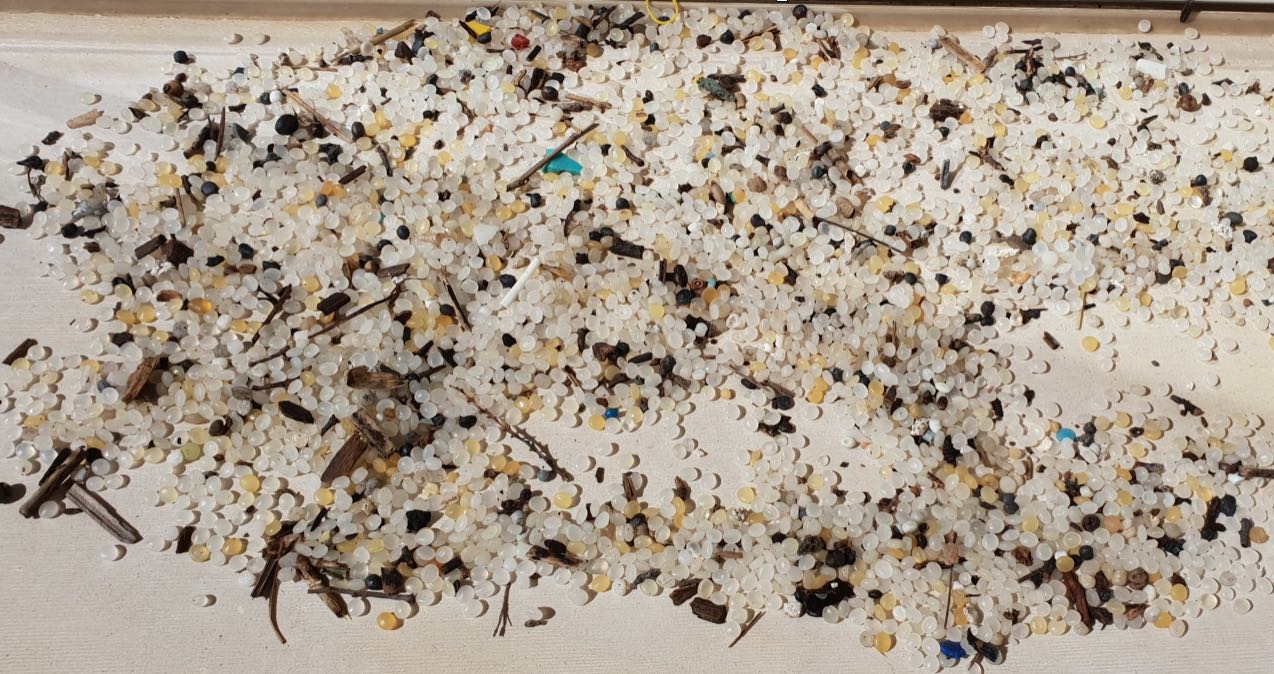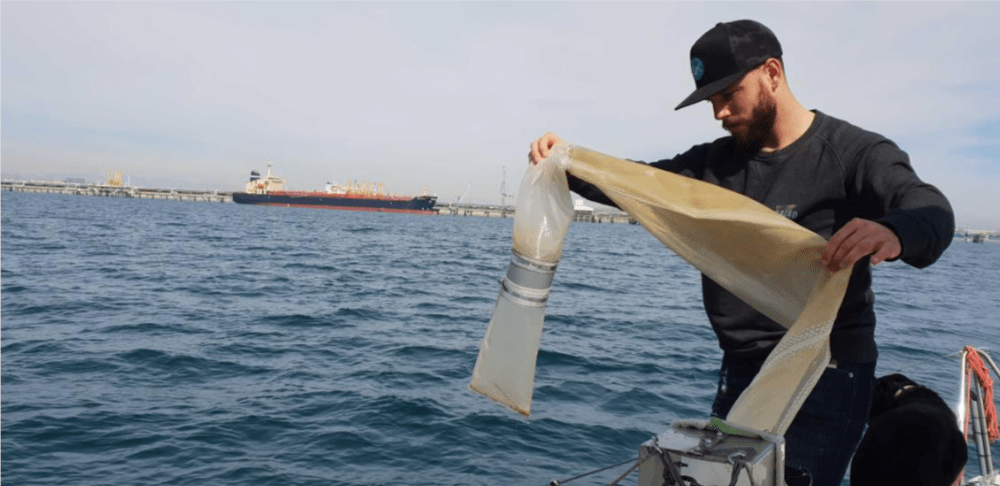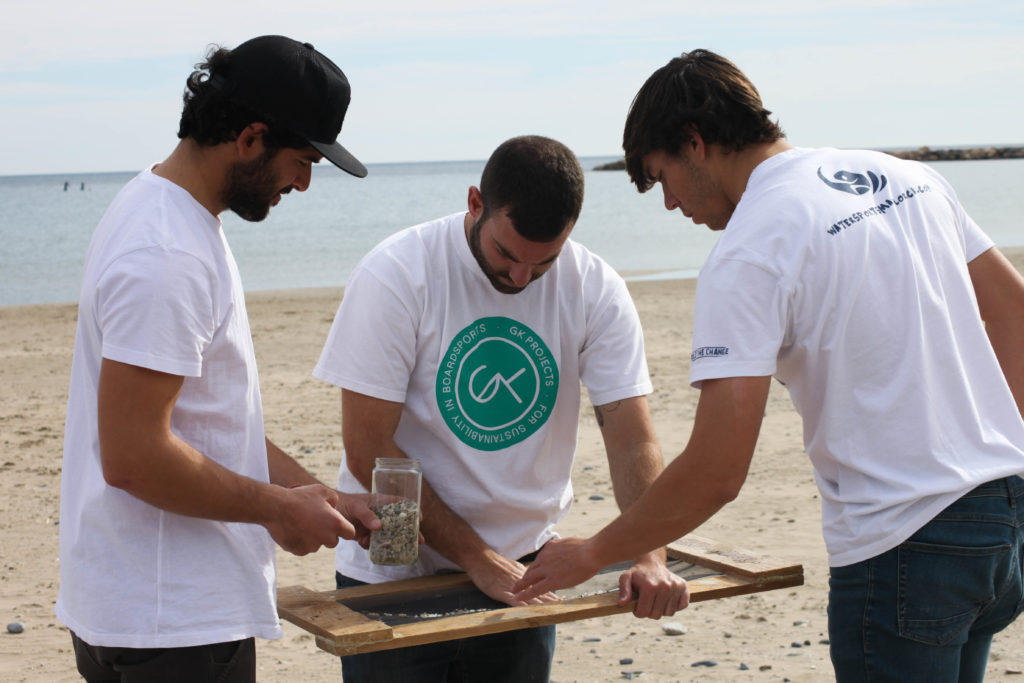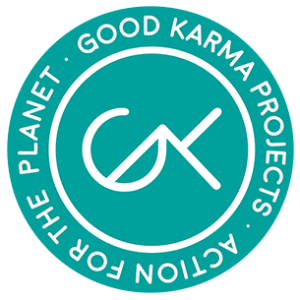Cada hora miles de plásticos entran a nuestros océanos, hecho que se está volviendo obvio en la muchos lugares costeros.
Un día normal de playa puede resultar bastante interesante si decides comprobar cuánto plástico puedes encontrar, y más interesante aún, si tu playa está al lado de un puerto comercial.
¿Sabes qué son las ‘lágrimas de sirena’? Encontramos millones ‘Lágrima de sirena’ es el nombre que reciben las bolitas de plástico que se encuentran en la playa.
¿Qué son los pellets de plástico?
Los gránulos o nurdles, como se les suele llamar, son gránulos de resina plástica de preproducción. Esencialmente plástico crudo antes de que se convierta en un artículo de uso final, como una bolsa de plástico, una botella o un juguete.
¿Cómo llegan a nuestras playas?
Los gránulos de plástico se transportan desde la planta de fabricación a las fábricas a través de camiones, trenes y contenedores de carga en barcos y pueden producirse derrames durante la fabricación y durante el transporte. Como los pellets son extremadamente ligeros y flotan en el agua, pueden acabar fácilmente en los desagües, los ríos y el mar. Las plantas de fabricación y las empresas de transporte tienen la responsabilidad de garantizar la seguridad de su producto y deben implementar las mejores prácticas a lo largo de su cadena para minimizar el riesgo.
¿Cómo se pueden sacar de la playa?
Es extremadamente difícil y requiere mucho tiempo retirar los pellets de las playas una vez que están allí. Suelen aparecer esporádicamente por toda la arena y se trata de seleccionarlos individualmente. Cuando hay mayores concentraciones de ellos (por ejemplo, después de un gran derrame) hay varios métodos que se pueden implementar, incluidas las aspiradoras industriales.
Los pellets se pueden quitar con el uso de coladores y tamizando manualmente la arena o mediante separación y flotación de arena (los sumideros de arena y los pellets flotan
¿Cómo se pueden sacar del agua?
Si ha habido un derrame importante en el agua con gránulos agregados, se pueden usar redes de malla fina para recogerlos y retirarlos, pero una vez que los gránulos están en el agua, se dispersan muy rápidamente y son muy difíciles de ver en la superficie.

Lo que ves en nuestras fotos no es que tratemos de limpiar todos los gránulos que se derraman. Estuvimos allí para cuantificar y analizar a través de diferentes métodos cuál era la concentración de pellets en la playa donde surfeábamos. Nuestra conclusión: de 30 a 90 millones de bolitas se esconden en la arena de nuestra playa.
Los resultados completos de nuestra investigación se compartieron con otras organizaciones y autoridades locales para su posterior examen y acción.


